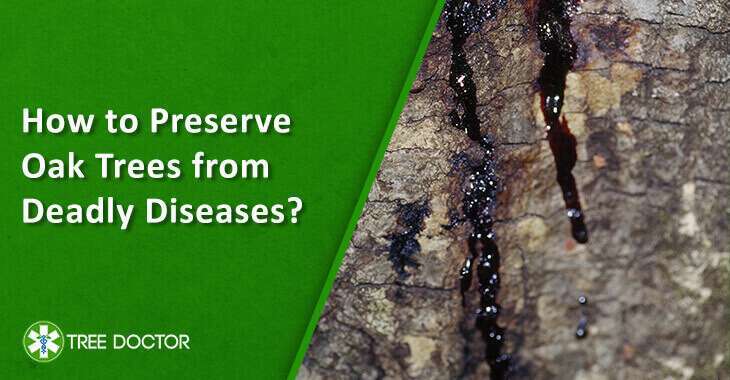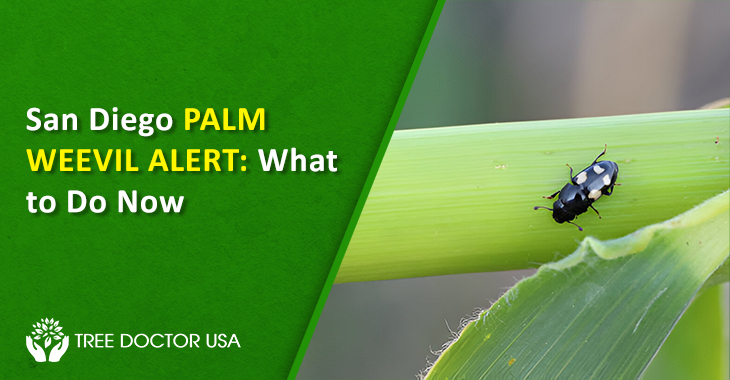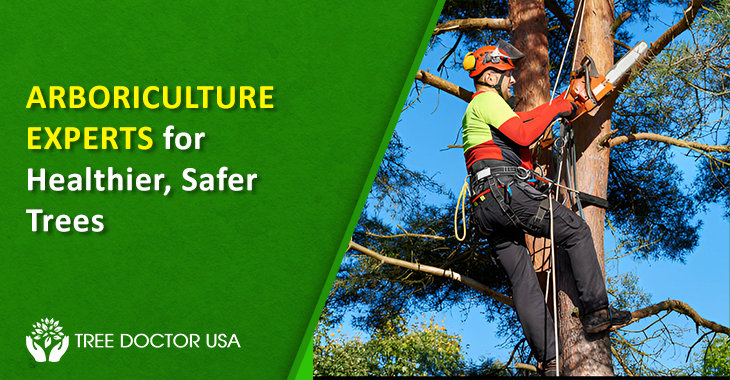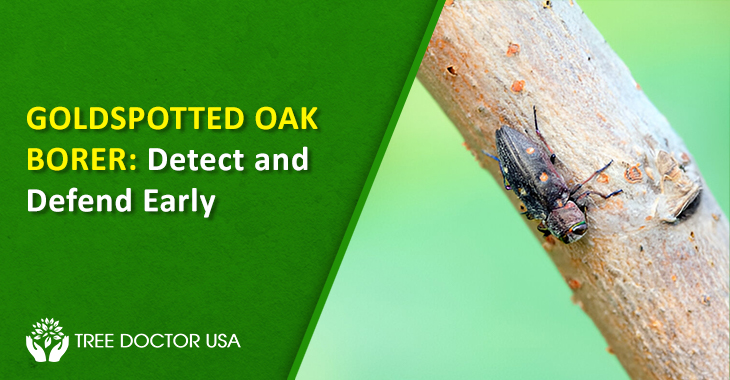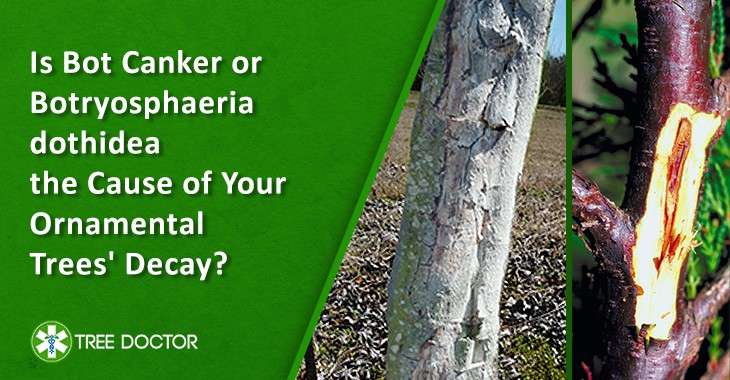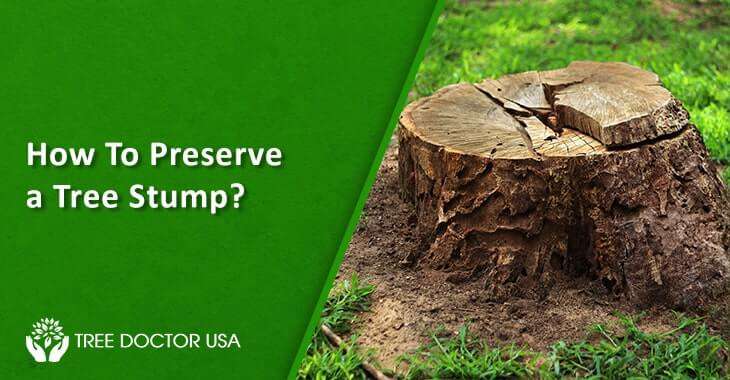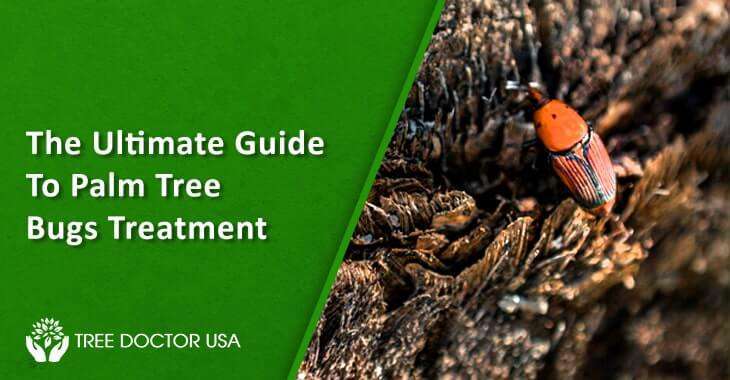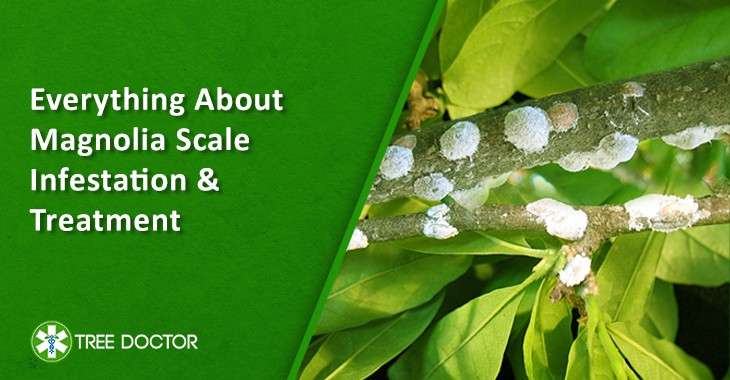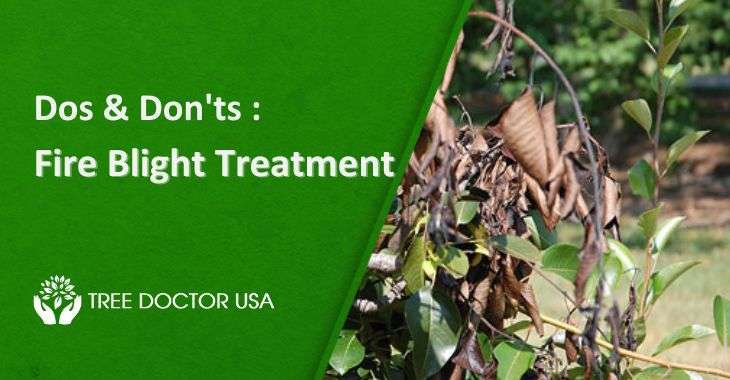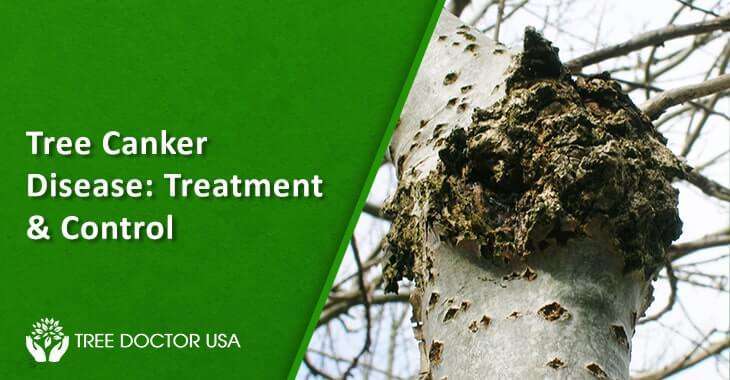How to Preserve Oak Trees from Deadly Diseases?
Tree diseases can cause major risks to tree health. Often in the initial stage, a deadly disease might seem to be a trivial issue. However, it spreads very fast and quickly reaches an uncontrollable stage. In certain severe cases, trees can even die. Hence, controlling tree diseases by proper tree preservation services in San Diego is a must-do for optimum tree health management.
In this blog, we will talk about the diseases your trees can suffer from. Additionally, it provides you with a clear picture of the benefits of hiring professionals for oak tree preservation services. Read more to find out everything about preserving Oak trees from deadly diseases.
Key Diseases Having Devastating Effects On Your Oak Trees
Oak trees play a vital role in preserving the natural ecology of Southern California. But these trees are under threat due to infection of different fungus, insects, and pests. As a result, many native trees are killed, and the natural ecosystem has been dramatically changed. Hence, you need to preserve these trees from deadly diseases by early diagnosis, regular monitoring, and effective treatment.
This fungal disease is caused by Bretziella fagacearum that destroys Oak landscapes. The fungus attacks the pointy-tipped leaves of red Oak trees. However, their symptoms are leaf loss and rapid wilting at treetops. In severe conditions, the whole tree dies in a few weeks. After a primary infection takes place, this disease rapidly spreads through roots till the death of the trees. In this condition, tree preservation orders have to be taken by eliminating both underground and overland pathways.
Different members of the Armillaria genus cause this fungal root rot that results in yellow to brown foliage, poor growth, and in the end, tree death. The major symptoms are dead branches in upper canopies, honey-colored mushrooms at the tree bases. The infected trees with stringy, soft, white wood fall over or break in storms.
At the time of cool wet spring season, this fungal disease is caused by Taphrina caerulescens to red Oak trees. Due to this disease, raised, blister-like, and circular areas are found on the upper surfaces of leaves. The bottom concave and upper convex areas become yellowish-brown and yellowish-white, respectively. For oak tree preservation in San Diego, integrated strategies of pest management are required to get rid of this disease.
This is a bacterial pathogen transmitted by vectors and associated with diseases in Oak and other trees. This bacterium creates colonies in the xylem networks of plants and blocks the vessels. Hence, water transport from root to leaves gets stopped, and eventually, the plant dies. Though in maximum cases plants are asymptomatic, some plants show wilting and leaf scorching.
This fungal disease interrupts photosynthesis and weakens trees. The disease affects a limited portion of the overall leaf area. If this leaf loss is found in 2 or more consecutive seasons, the tree growth is paused and susceptibility to pest-infected, and other diseases is increased. In this condition, tree preservation services in San Diego have to be taken, such as raking up and destroying fallen leaves of Oaks.
The plant pathogen, named Phytophthora ramorum, causes this disease that was first recognized by the death of Oak trees in California. You can identify infection of this pathogen with specific symptoms, like flagging, wilting of Shoot tips, and gradual loss of Oak leaves. So, to prevent this sudden death, potential tree preservation orders have to be taken by removing host trees and disposing of plant debris.
The fungus, Apiognomonia errabunda causes the disease in different species of Oak trees. Specifically, white oak trees are susceptible to this disease that generally creates minor damages to Oak landscapes. But if this infection continues for a prolonged period, severe damages occur. Leaves become shriveled or distorted and shed in a premature stage from its canopy.
Oak trees suffer from Hypoxylon canker with dead lesions on trunks, branches, and leaves of infected trees. The disease spreads from underlayers of barks. White rot decays are found in sapwood in the advanced stages. Symptoms of this fungal disease are thinning canopy, brownish-yellow leaves, reduced growth of twigs and Epicormic shoots on large limbs and trunks.
White, grey patches or spots along with talcum-powder-like growth in oak trees indicate that the tree is suffering from Powdery Mildews. In case the spherical, tiny fruiting structures are seen in white color, then it becomes yellowish-brown and black in the final stage. You can find these spots on both sides of leaves, buds, and young stems. However, for controlling Powdery Mildews, effective oak tree preservation measures are the best thing to do.
Lichen growth can be found in tree branches and look like grey moss tufts or stringy patches. Though they do not kill plants, they cause poor health of plants. Lichen creates thick layers on trees, shade foliage of plants, and cover branches thoroughly. As a result, the photosynthesis of plants gets interrupted.
Most of the species of mistletoes parasitize their hosts and make abnormal growths, named as “witches’ brooms.” These pests deform tree branches and reduce the host’s reproductive ability. The only effective tree preservation order is complete parasite removal from host trees.
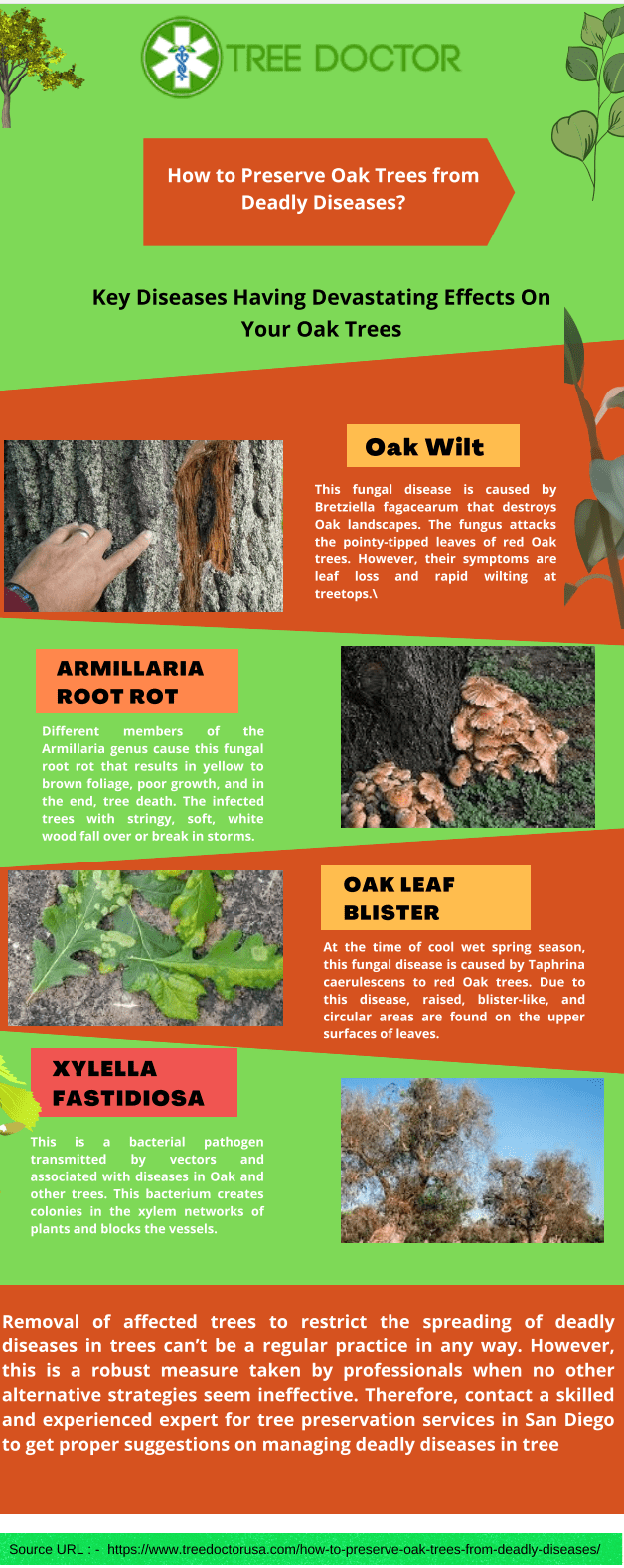
Potential Risk Of Insect Infestation
Insect infestation is a common problem for people having trees. In this content, it is important to understand that many of the insects survive consuming their food from the plants and trees. However, not all of them are severely harmful to tree health. Bees, for instance, live on the nectar from flowers and don’t cause any deadly diseases to the plants.
In contrast, there are certain insects and flies that affect the wellbeing of a tree, and commonly identified as tree pests. This section of our blog introduces you to a few common types of plant pests that are capable of causing deadly diseases in trees.
Galls are one of the potential risks of insect infestation, and it occurs when Oaks react to the egg-laying of wasps on flowers, branches, twigs, or leaves. These wasps inject a hormone in the plant tissues that causes abnormal growth and enclose developing larvae of the insect. Though it does not create long-term negative impacts, fatal effects are found in heavy infestation.
In summer and spring, oak worms eat the sprouted leaves of Oak trees. Sometimes in summer, these worms consume foliage completely. The yellow-necked caterpillars of oak worms skeletonize leaves. As a result, full branches of the trees lack greenery. Additionally, they create spider-like, silky webs with an unsightly look. Most of the trusted tree preservation services in San Diego emphasize their expertise in tackling Oakworms in trees, as many face similar problems.
Scales are one of the harmful insects for Oak trees as they suck tree sap and destroy branches in heavy infestation. Three scale types can harm Oaks such as pit, armored, or obscure. Lecanium scales are soft scales, larger in size than Obscure scales. Due to scale infestation, leaves get wilted, yellow, and lastly drop prematurely.
Ambrosia beetles or bark beetles are found in Oak trees, and they create buckshot holes on bark surfaces of infested trunks or branches. Turpentine and engraver beetles attack treetops and lower sections of trunks, respectively. The presence of these beetles is confirmed by pinkish-brown pitch tubes. These insects degrade the inner layers of Oak barks and eventually cause tree death.
The Oak pinhole borers are pests that bore deep inside stressed oaks and degrade the appearance of timber. They create galleries with regular, round cross-sections; the wood in the surrounding area is stained brown or black by ambrosia fungi. At the time of early infestation of this borer, the tunnels are found across the grain. These tunnels destroy sap and water-conducting tissues. As a result, severe impacts are found like structural weakness, branch dieback, girdling, and even plant death.
The larvae or caterpillars of OPM or oak processionary moths are pests of Oak. To feed them up, large populations of OPM damage the trees by stripping whole trees bare. As a consequence, trees become more susceptible to other diseases. After the larvae turn into pupa, they remain stuck for several months till the adults emerge.
Whiteflies are sap-sucking insects that cause potential damage and even death of Oak leaves. With their needle-like, piercing mouthparts, the insects suck tree sap from the phloem. When they grow in large populations, the leaves turn into yellow dry structures. Though heavy whitefly management is complex, tree preservation services in San Diego are essential to get rid of it. These services include using water sprays and whitefly insect control.
Mite-warms make galls and damage Oak plants through chewing the leaves. The salivary secretions of these Mite-warms enhance the production of growth hormones. Due to the high production of hormones, cell numbers of plants increase and galls are created on leaves as a result of this abnormal growth.
For Oak tree preservation in San Diego, pesticides can be applied before the initiation of gall formation. But if galls initiate to form, they protect these mites or insects, hence, the treatment cannot work.
Also Read: How To Preserve a Tree Stump?
Benefits Of Hiring Professional Oak Tree Preservation Services
In maximum cases of plant diseases caused by insects, caterpillars, or fungus, severe damages are found in leaves, bark, roots of Oak trees that ultimately lead to death. In these conditions, hiring professional oak tree preservation services can help to early diagnosis of the disease. So you can control the spread of the disease.
- Perfect Diagnosis
Expert arborists who are skilled adequately can apply tree preservation orders that include fungus treatment and good management of tree diseases. These effective services are beneficial to decrease stress on trees as well as the likelihood of damage, caused by diseases. We, the experienced professionals of oak tree preservation in San Diego, recommend taking proactive actions before these threatening pathogens can downturn beauty along with the health of plants and trees.
It can get difficult sometimes to decide which treatment can be applied for which disease, unless the service provider is skilled enough and possesses volume of experience. In this condition, getting help from reliable professionals with the right skills and years of field experience can allow you to take precise steps. The experienced arborists take potential measures to preserve tree health by applying correct treatment procedures based on standard protocols of tree treatment.
Additionally, hiring professional services of oak tree preservation can help to provide unique treatment with the help of a tailored and holistic approach. As a result, plants and trees can be restored to good health. - Long-term Results
With professional tree preservation services in San Diego, the landscape of a homeowner can be protected. The beautiful and well-preserved landscape can definitely benefit businesses by standing out from competitors. In this way, a potential value can be added to the property. In addition to this, the homeowner need not spend hours or invest a massive amount of money frequently to protect the landscape.
After hiring professional oak tree preservation services, regular monitoring and inspection services are available to secure the health of oak trees in the long run. As professionals focus on proper diagnosis and inspection; hence it becomes easy to get rid of the diseases.
Final Thoughts
For maintaining the ecological balance in an area, it’s crucial to focus on protecting tree health. Also, to ensure that this goal is fulfilled, the first and most effective step is to develop precautionary measures. In this way, you can avoid a high infestation of pathogens and long-term damage to trees.
Removal of affected trees to restrict the spreading of deadly diseases in trees can’t be a regular practice in any way. However, this is a robust measure taken by professionals when no other alternative strategies seem ineffective. Therefore, contact a skilled Tree Healthcare Specialist for tree preservation services in San Diego to get proper suggestions on managing deadly diseases in tree

